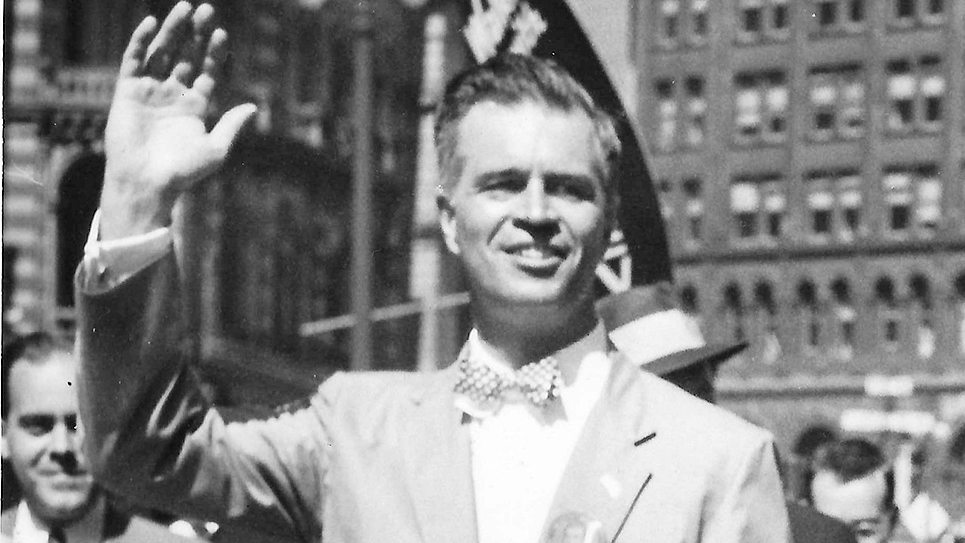By Joe Rector
Unlike many people, I’ve never moved far from the place where I grew up. Mother gave us a parcel of land behind her house on which to build the house where we live. Since then, 1978, Ball Camp has changed in so many ways. Subdivisions galore fill fields where we played and boys hunted. Some roads have grown to four lanes while others remain narrow; Ball Camp Pike daily carries thousands of vehicles that race toward destinations but come to standstills when traffic becomes too heavy or when a school bus stops to pick up or deliver children. Even with all of the changes in this rural community, the constant throughout the years is the train.
My first memories of the trains that ran through our neighborhood came as my brother and I played outside. The tracks were across the street behind a field and house, but we always had an unobstructed view. We’d run to the edge of our driveway and watch as the train passed. Our hope was that the engineer in the engine and the conductor in the caboose could see us and return our waves.
Seeing special cars was common. Many trains pulled passenger cars, and Jim and I wished we could take just one trip in them. Cargo of all kinds followed the engines tugged them up the hills or zipped them down straightaways. Coal was on many of them, but the most exciting items were the new cars. Back then, the new designs for cars were kept under wraps until September. Trains ferried new automobiles in partially veiled cars, or the vehicles were covered with tarps.
As we grew older, our friends met us, and we camped out in Chuck Mier’s back yard, which was close to the tracks. We’d set up tents, build a fire and knock around for a while. Eventually, we’d settle in for the night, but no matter how tired we were or how ready we were for sleep, the continuous roar of trains not more than fifty feet from our campsite kept us awake.
Sometimes, people would dare to challenge trains. They’d try to “beat” the train in cars. On too many occasions, drivers lost the challenge with devastating results. One tale tells of a car that raced to the tracks, hit them, and became airborne. It flew toward a store on the other side and clipped a huge sign on a pole.
A moving van tried crossing the tracks, but its trailer’s bottom scraped and then caught on the tracks. A group of us was waiting for the school bus to high school, and we ran up the tracks trying to stop the approaching train. It was a foolish attempt, and the engine plowed into the van and pushed it a quarter of a mile down the track. Along the way, someone’s worldly possessions were scattered and broken in all directions.
At some point, residents of the community stopped hearing the train. It became so much a part of daily life that the conscious mind didn’t register the arrival or the blaring horn that preceded the snaking line of cars. That wasn’t the case with visitors to our home. My in-laws made regular trips to our house when Lacey arrived. Our house was small, and they rested on a sleeper sofa. Each morning my father-in-law swore that he didn’t sleep at all. The reasons for his insomnia were trains he declared sounded as if they were coming right through the middle of their room. He never got used to the noise of trains.
Today, the trains that run through Ball Camp are more of a nuisance to folks. They run on schedule, but those times coincide with the ones when schools let out or when folks are trying to get to or arrive from work. A long line of traffic runs both ways on Ball Camp Pike, and clearing the intersection can sometimes take several minutes. Tempers flare as people wait to move and resume their trips.
I don’t hear the trains anymore. In some ways, that’s sad because it signals that my awe over the simple wonders in life is dulled. When I do wake up and take time to listen, I can hear a train’s horn echoing through the hills of Hines Valley. It’s just one more thing that offers security and contentment to this small corner of the world.






